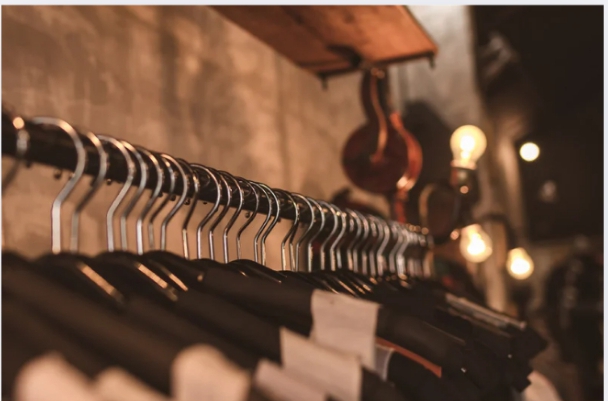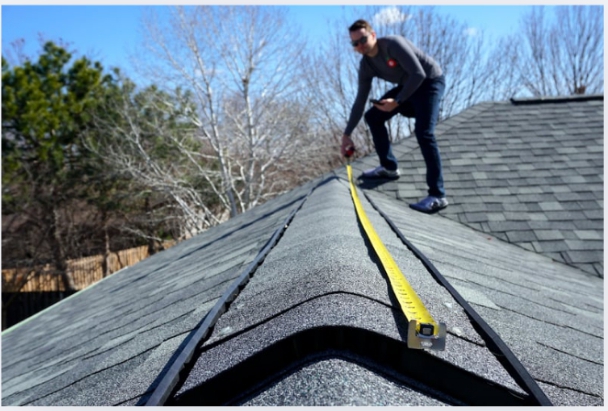
Explain Can You Use Scar Tape When There Is a Crumb 2024
Introduction
Let’s be real scars can be tricky. Whether it’s a surgical incision or a minor scrape, healing is rarely straightforward. Scar tape often swoops in as a savior, promising to smooth things out over time. But what if your wound isn’t perfectly healed? What if there’s a little something—a crumb, perhaps—still lingering? Before we dive into whether scar tape can be used when there’s a crumb, let’s break things down step by step.
| Aspect | Details |
|---|---|
| What is Scar Tape? | A silicone-based adhesive tape designed to reduce scarring by hydrating and protecting the skin. |
| What is a Scab? | A crusty layer of dried blood and tissue that forms over a wound during healing. |
| Can Scar Tape Be Used on Scabs? | No. It is not recommended to apply scar tape over an active scab as it may hinder the natural healing process. |
| Why Avoid Using Scar Tape on Scabs? | – Interferes with natural scab protection. – Risk of dislodging the scab prematurely, causing irritation or infection. |
| When to Use Scar Tape? | After the scab falls off and the skin is intact, scar tape can be used to minimize the scar. |
| Best Practices for Scab Care | – Keep the scab clean and dry. – Avoid picking at the scab. – Use gentle moisturizers if recommended by a doctor. |
| Alternative Options During Scabbing | – Apply an antibiotic ointment to prevent infection. – Cover with a non-adhesive dressing if needed for protection. |
| Post-Scab Care | – Once the scab is gone, apply scar tape as instructed. – Maintain consistent use for best results. |
What is Scar Tape
Scar tape is a flexible adhesive strip, often made from silicone, designed to help scars heal and fade over time. It works by providing a protective barrier, hydrating the skin, and reducing collagen buildup that leads to thickened scars. Think of it as a bandage with superpowers!
How Does Scar Tape Work
Here’s the lowdown: scar tape flattens and softens scar tissue by creating a microclimate that’s optimal for healing. This protective layer minimizes water loss, which keeps the skin hydrated—essential for reducing redness and improving elasticity.
Common Uses of Scar Tape
From surgical scars to burns, and even acne marks, scar tape is versatile. It’s commonly used post-surgery, after injuries, or for chronic conditions like keloids. If there’s a scar, chances are scar tape can help.
Benefits of Using Scar Tape
Why all the hype? Scar tape is non-invasive, easy to use, and effective. It reduces itching, protects the area from further damage, and—most importantly—helps scars blend in with the surrounding skin.
What is a Crumb in Medical Context
When we talk about a “crumb” on a wound, we’re referring to tiny bits of scab, dried blood, or debris that haven’t yet cleared off. While it’s not a medical term, it’s something many of us notice during the healing process.
How Do Crumbs Form on Wounds
Crumbs form as part of the body’s natural defense. When a wound starts to heal, it forms a scab—a protective crust that shields the skin underneath. Sometimes, small remnants of this scab linger even as the skin repairs itself.
Should Scar Tape Be Used Over a Crumb
Here’s the deal: scar tape is best used on fully healed skin. Placing it over a crumb can trap moisture, creating a breeding ground for bacteria. This might delay healing or cause irritation. However, if the area around the crumb is clean and dry, scar tape might still be an option—with caution.
Potential Risks of Using Scar Tape on Open Wounds
Using scar tape prematurely can lead to complications. For one, it can introduce bacteria into the wound, increasing the risk of infection. It can also pull off delicate scabs, disrupting the natural healing process.
Can Scar Tape Impede Healing
Improper use of scar tape might do more harm than good. Covering a wound too soon can trap moisture and bacteria, creating the perfect storm for delayed healing or even infection.
How to Safely Use Scar Tape
Want to play it safe? Always ensure the wound is clean, dry, and free from active bleeding. Avoid using scar tape until the scab or crumb has naturally fallen off. If in doubt, consult a healthcare provider.
Medical Recommendations for Scar Tape Use
Doctors typically recommend waiting until a wound has fully closed before applying scar tape. This minimizes risks and ensures the tape works effectively.
Alternatives to Scar Tape When Dealing with Crumbs
If scar tape isn’t an option yet, consider alternatives like non-stick dressings or hydrocolloid patches. These can protect the wound while it continues to heal.
How to Prepare Your Skin Before Applying Scar Tape
Preparation is key! Gently cleanse the area with mild soap and water, pat it dry, and ensure no residue remains. This ensures the tape adheres properly and works its magic.
How Often Should Scar Tape Be Changed
Change scar tape every 3-7 days, or sooner if it becomes dirty or loses adhesion. Regular replacement keeps the area clean and prevents irritation.
Final Thoughts
In a nutshell, it’s better to wait until your wound is fully healed before using scar tape. Rushing into it might do more harm than good. When in doubt, patience is your best ally—let your skin do its thing before stepping in with scar tape.
FAQs About Scar Tape and Crumbs
Can scar tape be reused?
No, scar tape is designed for single-use only. Reusing it can compromise hygiene and effectiveness.
How soon can I use scar tape after surgery?
Typically, once the incision is fully healed and your doctor gives the green light.
What’s the best alternative to scar tape?
Hydrogel or silicone sheets are great options for fresh wounds.
Can scar tape cause irritation?
Yes, especially if applied on sensitive or unhealed skin. Always follow instructions.
How long does it take for scar tape to show results?
Results vary but expect visible improvements within 4-8 weeks of consistent use.



